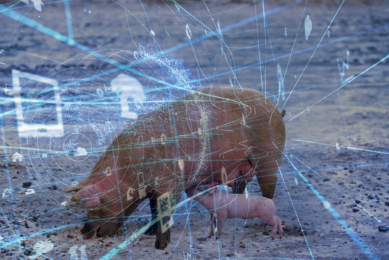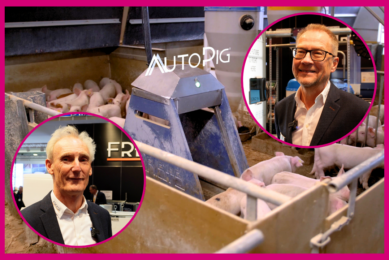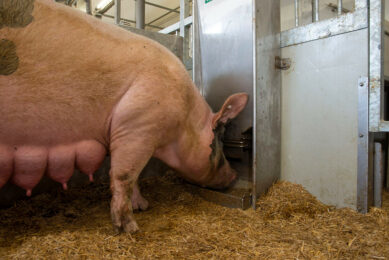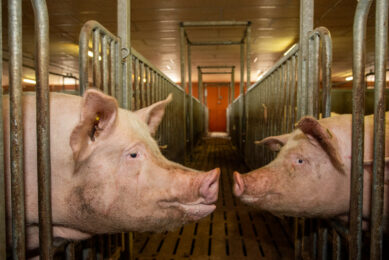How can precision farming tackle sow lameness?
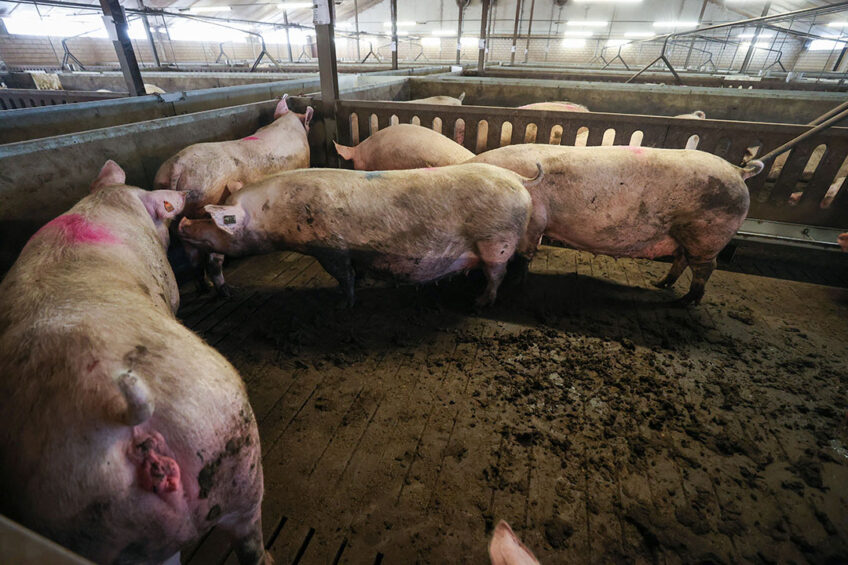
Precision livestock farming (PLF) is the specific use of technology to measure and manage issues at the animal level in real time. Pig health and welfare expert Dr Monique Pairis-Garcia looks at how PLF can be used to tackle sow lameness.
PLF has become a hot topic, exciting many of us in agriculture. It has taken centre stage as we have seen increased funding opportunities to implement PLF technologies on-farm to advance animal welfare. The use of on-farm technologies provides producers with greater opportunities to improve productivity, health and welfare by continuously monitoring the system in a way no individual person or even a group could.
Earlier intervention and treatment
My interest in PLF technologies stems from the opportunity to more effectively detect animal welfare issues earlier, thus decreasing the number of animals affected and minimising the severity of the welfare issue by allowing earlier intervention and treatment. For a more thorough overview of the PLF technologies related to swine welfare, I refer readers to work written by Madonna Benjamin and Steven Yik.*
When it comes to PLF and animal welfare, the sky truly is the limit
Challenges of lameness
I will now focus on how PLF can improve one of the major welfare challenges on sow farms. Lameness is a negative health condition that causes the sow pain and can have long-term impacts on sow health and productivity. In the US, lameness ranks as the third most common reason for culling and contributes to 10–20% of culling on-farm. Lameness is challenging to diagnose and treat, given that many pharmaceutical products do not effectively reach the joint space and conditions are severe by the time intervention takes place. The key need on-farm is to identify lameness in earlier stages when conditions are mild and sows can still effectively move and be treated. To do this, some farms are turning to PLF technologies to be the eyes of the barn and help identify behaviour indicative of lameness.
Techniques to score lameness
Techniques to automatically score lameness include pressure mats, force plate systems, and accelerometers. Pressure mats provide visual maps illustrating abnormal gaits in lame pigs; force plate systems detect changes in weight distribution by leg; and accelerometers can detect activity, stepping behaviour and frequency.
Recent work found that ear tag accelerometers in sows could use activity as a behaviour to determine lameness. High activity sows demonstrated lower lameness scores than the lower activity sows. More importantly, accelerometer data was able to detect signs of lameness 14 days before a person visually inspecting for lameness detected it. This type of technology has huge potential to improve early intervention and treatment so as to retain sows in the herd for longer, thus improving profitability for the producer and minimising negative welfare conditions for sows.
When it comes to PLF and animal welfare, the sky truly is the limit for how we can use technology to improve the management and health of pigs. The balance between cost, implementation and outcome will likely be the greatest challenge to relying more heavily on technology in the farm.
*References available on request



